Home>Garden Essentials>What Is Grass Seed
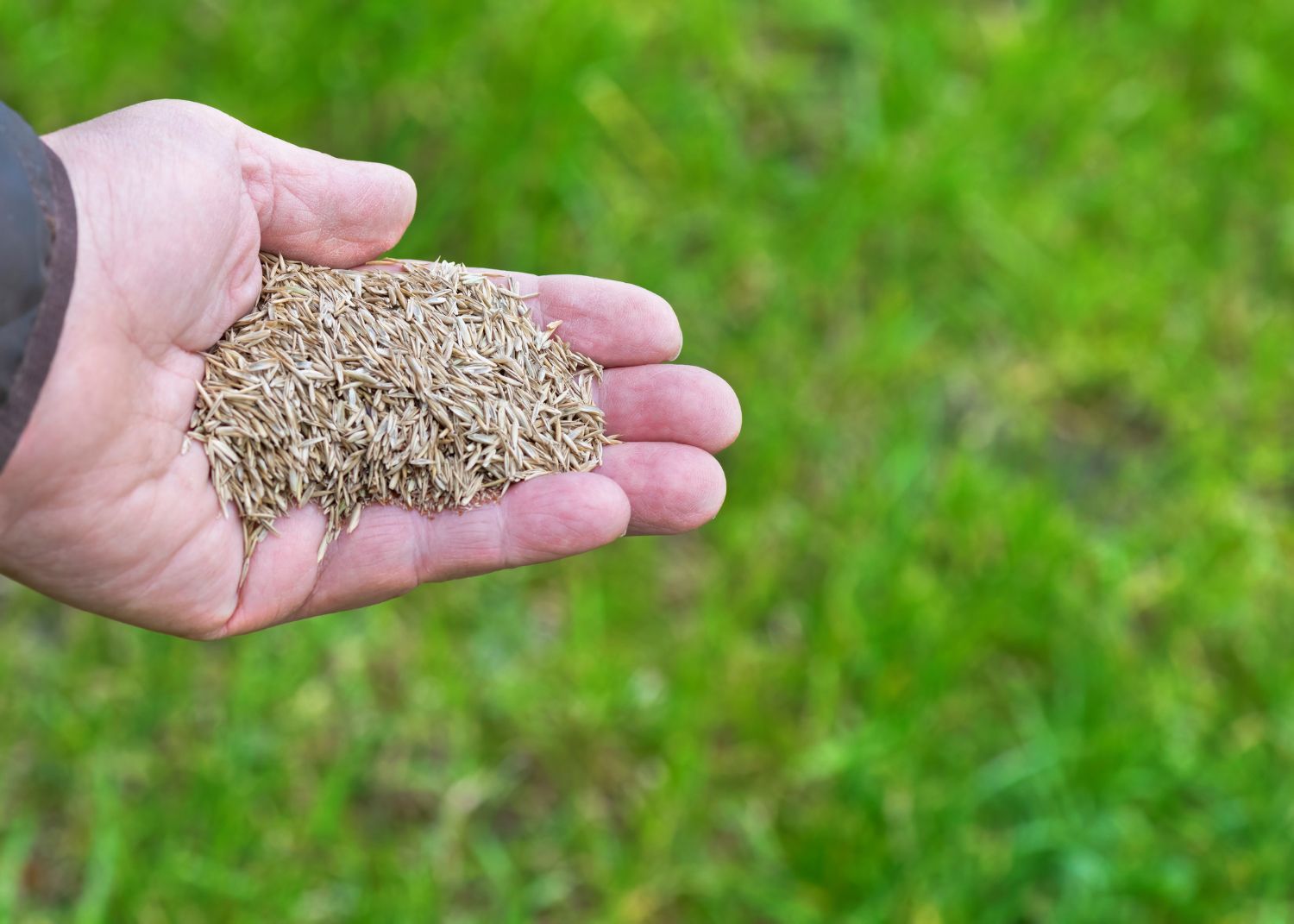

Garden Essentials
What Is Grass Seed
Modified: May 6, 2024
Discover what grass seed is and how it can transform your garden. Explore our comprehensive guide to choosing the best grass seed for a lush and vibrant lawn.
(Many of the links in this article redirect to a specific reviewed product. Your purchase of these products through affiliate links helps to generate commission for Storables.com, at no extra cost. Learn more)
Introduction
Welcome to the world of gardening, where lush green lawns and vibrant landscapes bring joy and beauty to our surroundings. If you’re new to gardening or simply looking to enhance your outdoor space, understanding the basics of grass seed is essential.
Grass seed is the foundation of a healthy and thriving lawn. It is a small but mighty ingredient that plays a crucial role in transforming barren areas into lush green expanses. Whether you’re starting a new lawn from scratch or rejuvenating an existing one, choosing the right grass seed is the first step towards success.
In this article, we’ll delve into the world of grass seed and explore the different types available, the benefits of planting grass seed, how to choose the right seed for your lawn, when and how to plant it, and how to care for it to ensure optimal growth and longevity.
So, whether you’re a beginner or an experienced gardener, get ready to dive into the fascinating world of grass seed and unlock the secrets to a beautiful, vibrant lawn.
Key Takeaways:
- Choose the right grass seed based on your climate, soil, and sunlight exposure to create a lush, low-maintenance lawn that enhances your outdoor space.
- Planting grass seed offers economic, environmental, and health benefits, allowing you to customize your lawn and enjoy a vibrant, welcoming outdoor area.
Read more: What Is A Seed?
Definition of Grass Seed
Before we delve into the various aspects of grass seed, let’s start with a basic understanding of what it actually is. Grass seed is the reproductive structure of grass plants that contains the genetic material necessary for it to germinate and grow into a mature grass plant.
Grass seed is typically a small, hard, dry, and lightweight structure that resembles tiny grains. It varies in size, shape, and color depending on the specific species of grass. These seeds can be purchased in bags from garden centers, nurseries, or online retailers.
The primary purpose of grass seed is to establish or repair a lawn. It is commonly used for starting fresh lawns from scratch or filling in bare patches and thin areas in existing lawns. By sowing grass seed, you can create a dense, healthy, and visually appealing lawn that enhances the overall aesthetics of your outdoor space.
Some of the most common grass species used for lawns include Bermuda grass, Kentucky bluegrass, perennial ryegrass, and fescue varieties. Each grass species has its own unique characteristics, such as growth rate, drought tolerance, shade tolerance, and appearance, allowing you to choose the perfect seed for your specific needs and preferences.
Grass seed is a versatile and convenient option for lawn establishment as it provides a cost-effective alternative to other methods like sodding or hydroseeding. It allows you to have control over the seed selection and ensures that your lawn is tailored to your specific requirements.
Now that you have a better understanding of what grass seed is, let’s explore the different types available and their specific benefits.
Types of Grass Seed
When it comes to choosing the right grass seed for your lawn, it’s important to consider factors such as climate, soil type, sun exposure, and desired lawn characteristics. Various types of grass seed are available, each with its own unique qualities and attributes. Let’s explore some of the most popular types of grass seed:
- Bermuda Grass: Bermuda grass is a warm-season grass that thrives in hot and sunny climates. It is known for its excellent heat tolerance, drought resistance, and ability to withstand heavy foot traffic. Bermuda grass has a medium to fine texture and provides a dense and resilient turf. It is commonly used in southern regions of the United States.
- Kentucky Bluegrass: Kentucky bluegrass is a cool-season grass that is popular for its rich green color, fine texture, and excellent cold tolerance. It forms a dense and lush lawn and is known for its ability to self-repair. Kentucky bluegrass performs best in regions with cold winters and moderate summers, making it a popular choice in the northern parts of the United States.
- Perennial Ryegrass: Perennial ryegrass is a cool-season grass that germinates quickly and establishes rapidly. It has a medium to fine texture and forms a lush and durable lawn. Perennial ryegrass is known for its excellent wear tolerance and is often used in sports fields and high-traffic areas. It performs well in regions with cool summers.
- Fescue Grass: Fescue grass is a cool-season grass that is highly adaptable and well-suited to various soil types. It comes in two main types: tall fescue and fine fescue. Tall fescue is known for its deep green color, coarse texture, and excellent heat tolerance. Fine fescue, on the other hand, has a finer texture and is more shade-tolerant. Fescue grass is commonly used in regions with cool and transitional climates.
These are just a few examples of the many grass seed varieties available. It’s important to research and select the grass seed that best suits your specific climate, soil conditions, and desired lawn characteristics. Now that we’ve covered the types of grass seed, let’s move on to the benefits of planting grass seed.
Benefits of Planting Grass Seed
Planting grass seed offers a multitude of benefits for your lawn and outdoor space. Let’s explore some of the key advantages:
- Lush and Beautiful Lawn: Planting grass seed allows you to create a lush and beautiful lawn that enhances the visual appeal of your property. A well-maintained lawn not only adds value to your home but also provides a welcoming and relaxing outdoor space for you and your family.
- Customization: By choosing the right grass seed, you have the opportunity to customize your lawn to suit your preferences and specific needs. Whether you prefer a fine-textured lawn, a drought-tolerant one, or a grass that thrives in shade, there is a grass seed variety available for every requirement.
- Economic Value: Planting grass seed is a cost-effective way to establish or repair a lawn compared to other methods such as sodding or installing artificial turf. Grass seed is more budget-friendly and allows for a larger coverage area with a smaller investment.
- Environmental Benefits: A healthy lawn created by planting grass seed has various environmental benefits. It helps control soil erosion by keeping the soil in place, reduces water runoff, improves air quality by trapping dust particles, and acts as a natural filter to reduce pollutants from reaching groundwater.
- Improved Soil Quality: Grass roots help aerate the soil, allowing better water infiltration and nutrient penetration. Additionally, the organic matter produced by grass helps improve soil structure and fertility, creating a more suitable environment for other plants and beneficial soil organisms.
- Reduced Maintenance: Established lawns created from grass seed require less maintenance compared to other options like sod. Once the grass is established, regular mowing, watering, and occasional fertilization and weed control are generally sufficient to keep the lawn healthy and vibrant.
- Health Benefits: Lawns provide a soft and comfortable surface for outdoor activities, making them ideal for recreational and play areas. Additionally, the vibrant green color of a healthy lawn has been shown to have a positive impact on mental health and well-being.
These are just a few of the many benefits of planting grass seed. By carefully selecting the right grass seed for your lawn and providing proper care, you can enjoy a beautiful and thriving outdoor space for years to come. Now, let’s discuss how to choose the right grass seed for your specific needs.
How to Choose the Right Grass Seed
Choosing the right grass seed for your lawn is crucial to ensure successful establishment and long-term growth. Here are some factors to consider when selecting the right grass seed:
- Climate: Understand the climate of your region and choose a grass seed that is suitable for your specific climate. Consider whether you live in a warm or cool-season zone and select a grass species that thrives in those conditions. This will ensure that your lawn remains healthy and vibrant year-round.
- Soil Type: Assess the soil in your garden and determine its type, whether it’s sandy, clayey, loamy, or a combination. Different grass species have different soil preferences, so choose a seed variety that is well-suited to your soil type.
- Sunlight Exposure: Evaluate the amount of sunlight your lawn receives throughout the day. Some grass species require full sun, while others can tolerate partial shade or even thrive in fully shaded areas. Choose a grass seed that matches the sunlight conditions in your garden.
- Desired Lawn Characteristics: Consider the specific characteristics you desire for your lawn, such as the texture, color, and growth rate. If you prefer a fine-textured lawn, choose grass seed varieties like Kentucky bluegrass. If you want a fast-growing lawn, consider perennial ryegrass.
- Maintenance Level: Assess the amount of time and effort you’re willing to invest in lawn maintenance. Some grasses require more frequent mowing, fertilizing, and watering, while others are more low-maintenance. Choose a grass seed that aligns with your maintenance preferences.
- Seed Quality: Ensure that the grass seed you purchase is of high quality. Look for seeds that are free from weeds, debris, and other contaminants. It’s also advisable to choose seeds from reputable brands or suppliers to ensure better germination and overall success.
By considering these factors and conducting proper research, you can choose the right grass seed that meets your specific requirements. It’s also worth consulting with local experts or garden centers, as they can provide valuable insights and recommendations based on your region’s conditions and lawn goals.
Once you’ve selected the right grass seed, the next step is to understand the optimal time and method for planting. Let’s explore when and how to plant grass seed in the next section.
When choosing grass seed, consider the climate and soil type of your area. Different grass species thrive in different conditions, so it’s important to select the right type for a successful lawn.
Read more: What Is Germinate
When and How to Plant Grass Seed
Timing and technique are crucial when it comes to planting grass seed. Follow these steps to ensure successful germination and establishment:
- Timing: The ideal time to plant grass seed depends on the type of grass and your climate. For cool-season grasses like Kentucky bluegrass or perennial ryegrass, early fall is the best time for planting as it allows the seedlings to establish before the winter. For warm-season grasses like Bermuda grass, late spring to early summer is the optimal time when the soil temperatures are warm and consistent.
- Soil Preparation: Prepare the soil by removing any existing vegetation, such as weeds or debris. Loosen the top few inches of soil using a garden rake or a tiller to create a loose and level surface. This will provide an ideal environment for seed germination and root growth.
- Seed Application: Spread the grass seed evenly across the prepared soil using a seed spreader. Make sure to follow the recommended seeding rate mentioned on the seed package for proper coverage. Consider dividing the seeding process into multiple passes, distributing the seed in different directions to ensure even coverage.
- Seed-to-Soil Contact: After seeding, gently rake the soil or use a roller to ensure good seed-to-soil contact. This will help the seeds establish better contact with the soil and promote germination. Avoid burying the seeds too deep, as they require light to germinate.
- Watering: Water the newly seeded area immediately after planting and keep the soil consistently moist for the next few weeks. Frequent, light watering is recommended to keep the seeds moist without saturating the soil. As the seedlings start to emerge, gradually reduce the frequency of watering and increase the amount of water applied each time.
- Maintenance: As the grass seed germinates and establishes, it’s important to provide proper maintenance. Gradually increase mowing height and frequency to encourage root development. Apply fertilizer according to the specific needs of the grass species and monitor for any weed or pest issues.
Remember, patience is key when it comes to growing a lawn from grass seed. It can take several weeks for the seeds to germinate and establish into mature grass plants. Be consistent with watering, fertilizing, and maintenance practices to ensure healthy growth and development.
Now that you know how to plant grass seed effectively, let’s explore the essential care tips for nurturing your newly seeded lawn.
Caring for Grass Seed
Proper care is essential to ensure the healthy growth and establishment of your newly seeded lawn. Here are some crucial care tips for nurturing your grass seed:
- Watering: Water the newly seeded area regularly to keep the soil consistently moist. Water deeply and infrequently, ensuring that the soil is not saturated, which can lead to rotting of the seeds. Aim for about 1 inch of water per week, either from rainfall or irrigation.
- Mowing: Once the grass reaches a height of around 3 to 4 inches, it’s time to start mowing. Set your mower to a higher setting and remove only the top one-third of the grass blades. Regular mowing not only encourages healthy growth but also helps to prevent weed competition.
- Fertilizing: After the grass seedlings have germinated and established, gradually introduce them to a regular fertilization regimen. Apply a high-quality lawn fertilizer according to the recommended rate on the package. Choose a fertilizer that is specifically formulated for the type of grass seed you have planted.
- Weeding: Keep an eye out for weeds that may try to invade your newly seeded lawn. Hand-pull any weeds that appear, being careful not to disturb the fragile grass seedlings. If necessary, you can also use a selective herbicide specifically formulated for use on newly seeded lawns.
- Avoid Heavy Traffic: During the establishment period, it’s important to avoid excessive foot traffic or any heavy objects on the newly seeded area. This can damage the delicate seedlings and hinder their growth. Encourage family members and pets to stay off the area until the grass is well-established.
- Aerate the Soil: Over time, the soil beneath your lawn may become compacted, which can impede the growth of the grass roots. Consider aerating the soil, especially in areas of high foot traffic, to improve water and nutrient absorption. This will help to maintain a healthy and vibrant lawn in the long run.
- Monitor and Adjust: Regularly monitor the progress of your newly seeded lawn. Watch for any signs of stress, such as discoloration or thinning areas, and take appropriate action. Adjust your watering, mowing, and fertilization practices as needed to provide optimal care for the specific grass species you have planted.
By following these care tips, you’ll be on your way to nurturing a lush and thriving lawn. Remember, the establishment process may take several weeks or even months, so be patient and consistent with your lawn care routine.
However, there are some common problems that you may encounter during the grass seed germination and establishment process. Let’s discuss a few of these challenges in the next section.
Common Problems with Grass Seed
While planting grass seed can lead to a beautiful and vibrant lawn, there are some common problems that you may encounter during the germination and establishment process. Understanding these challenges will help you take appropriate action to address them. Here are a few common problems with grass seed:
- Poor Germination: Sometimes, grass seed may fail to germinate or have a low germination rate. This can occur due to various reasons, such as improper seed-to-soil contact, insufficient moisture, poor quality seed, or unfavorable environmental conditions. Ensure that you have followed proper seeding techniques and provide adequate water, sunlight, and care for optimal germination.
- Uneven Growth: Uneven growth is when the grass seedlings grow at different rates, resulting in patchy and inconsistent coverage. This can happen due to uneven seed distribution, variations in soil conditions, or differences in sunlight exposure. To address this issue, overseed the bare or thin areas and make adjustments to ensure even seed distribution during the planting process.
- Weed Invasion: Weeds can be a common problem when establishing a new lawn from seed. Weeds compete with the grass seedlings for nutrients, water, and sunlight, hindering their growth. Handle weed problems as soon as they appear by hand-pulling or using a selective herbicide that is safe for newly seeded lawns. Follow the recommended application instructions to ensure effective weed control without harming the grass seedlings.
- Soil Erosion: If the soil is not properly prepared or the area is prone to erosion, you may experience soil erosion issues during the germination process. This can lead to the displacement of grass seed or uneven growth. To prevent soil erosion, ensure that the topsoil is adequately prepared and consider adding erosion control measures, such as mulching or installing soil erosion mats on slopes or high-risk areas.
- Overwatering or Underwatering: Watering is crucial for successful germination and establishment of grass seed. However, overwatering or underwatering can cause problems. Overwatering can lead to excessive moisture, which can promote fungal diseases or rot the seeds. Underwatering can inhibit germination and cause the seedlings to weaken or die. Find the right balance by watering consistently and monitoring the moisture levels in the soil.
- Pest Issues: Insects and pests can also pose a threat to the young grass seedlings. Common pests include grubs, chinch bugs, and armyworms, which feed on the grass roots or foliage. If you notice signs of pest damage, consult with a professional or use appropriate pest control methods to safeguard the health of your newly seeded lawn.
By being aware of these common problems and taking proactive measures, you can address them promptly and ensure the successful establishment of your grass seed. Remember to monitor your lawn closely, provide proper care, and seek expert advice if needed.
With proper care and attention, your grass seed will transform into a lush and healthy lawn that you can enjoy for years to come. In the next section, we’ll recap the key points and conclude our exploration of grass seed.
Conclusion
In conclusion, grass seed is the key to creating a beautiful and vibrant lawn that enhances the overall aesthetics of your outdoor space. By understanding the different types of grass seed, the benefits of planting it, and how to choose the right seed for your lawn, you set yourself up for success in establishing a healthy and thriving lawn.
We explored the importance of considering factors such as climate, soil type, sunlight exposure, and desired lawn characteristics when selecting grass seed. By choosing the right grass seed, you can ensure that your lawn flourishes and meets your specific needs and preferences.
Planting grass seed offers numerous benefits, including the ability to customize your lawn, cost-effectiveness, environmental advantages, improved soil quality, and reduced maintenance requirements. With proper care and maintenance, your lawn will not only add value to your home but also provide a welcoming and enjoyable outdoor space for your family and friends.
We discussed the importance of proper timing and technique when planting grass seed, including soil preparation, seed application, and seed-to-soil contact. Adequate watering, regular mowing, proper fertilization, and weed control are essential for nurturing the newly seeded lawn and ensuring its healthy establishment.
Throughout the process, challenges can arise, such as poor germination, uneven growth, weed invasion, soil erosion, and pest issues. By being aware of these common problems and taking necessary actions, you can overcome them and promote the successful growth of your grass seed.
Remember, patience is key. It takes time for grass seed to germinate, establish, and develop into a mature lawn. With consistent care and attention, your grass seed will transform into a lush, green carpet that enhances the beauty of your outdoor space.
So, take the knowledge and guidance you’ve gained from this article and embark on your gardening journey with confidence. Plant your grass seed, nurture it, and watch as it transforms your barren yard into a stunning oasis. Enjoy the rewards of a vibrant and healthy lawn that will bring joy and beauty to your surroundings for years to come.
Ready to spruce up your outdoor spaces? Check out our latest guides on creating stunning garden perimeters and enhancing your property's aesthetic. Whether you're looking for practical solutions or creative inspiration, our articles cover all you need for crafting beautiful, functional outdoor areas. Dive into our gardening tips for unique garden fence ideas, perfect for adding charm and privacy. For those focusing on the bigger picture, our landscaping advice offers smart strategies to elevate your entire yard's appeal. Both guides are packed with visuals and easy-to-follow instructions to ensure you can achieve spectacular results with ease.
Frequently Asked Questions about What Is Grass Seed
Was this page helpful?
At Storables.com, we guarantee accurate and reliable information. Our content, validated by Expert Board Contributors, is crafted following stringent Editorial Policies. We're committed to providing you with well-researched, expert-backed insights for all your informational needs.
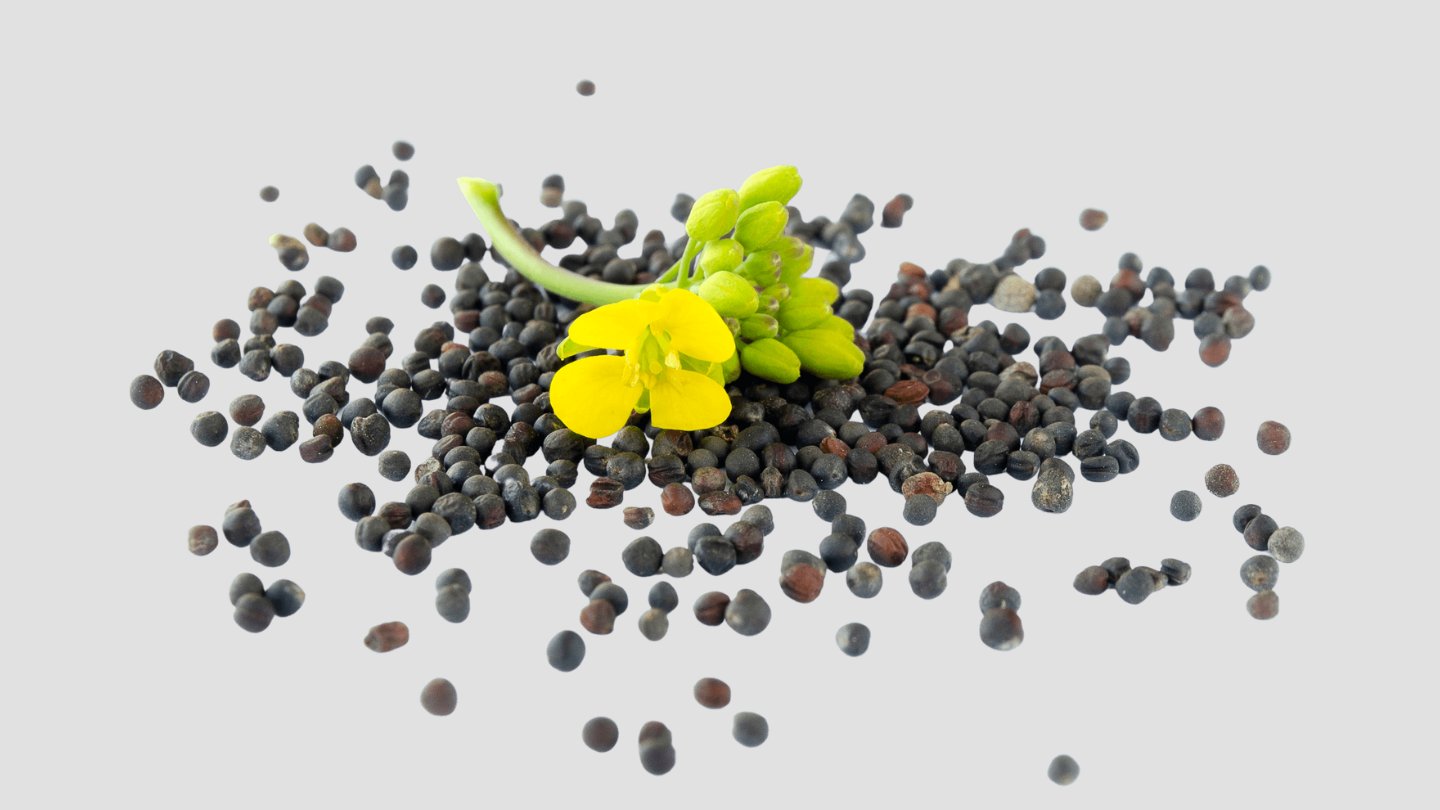

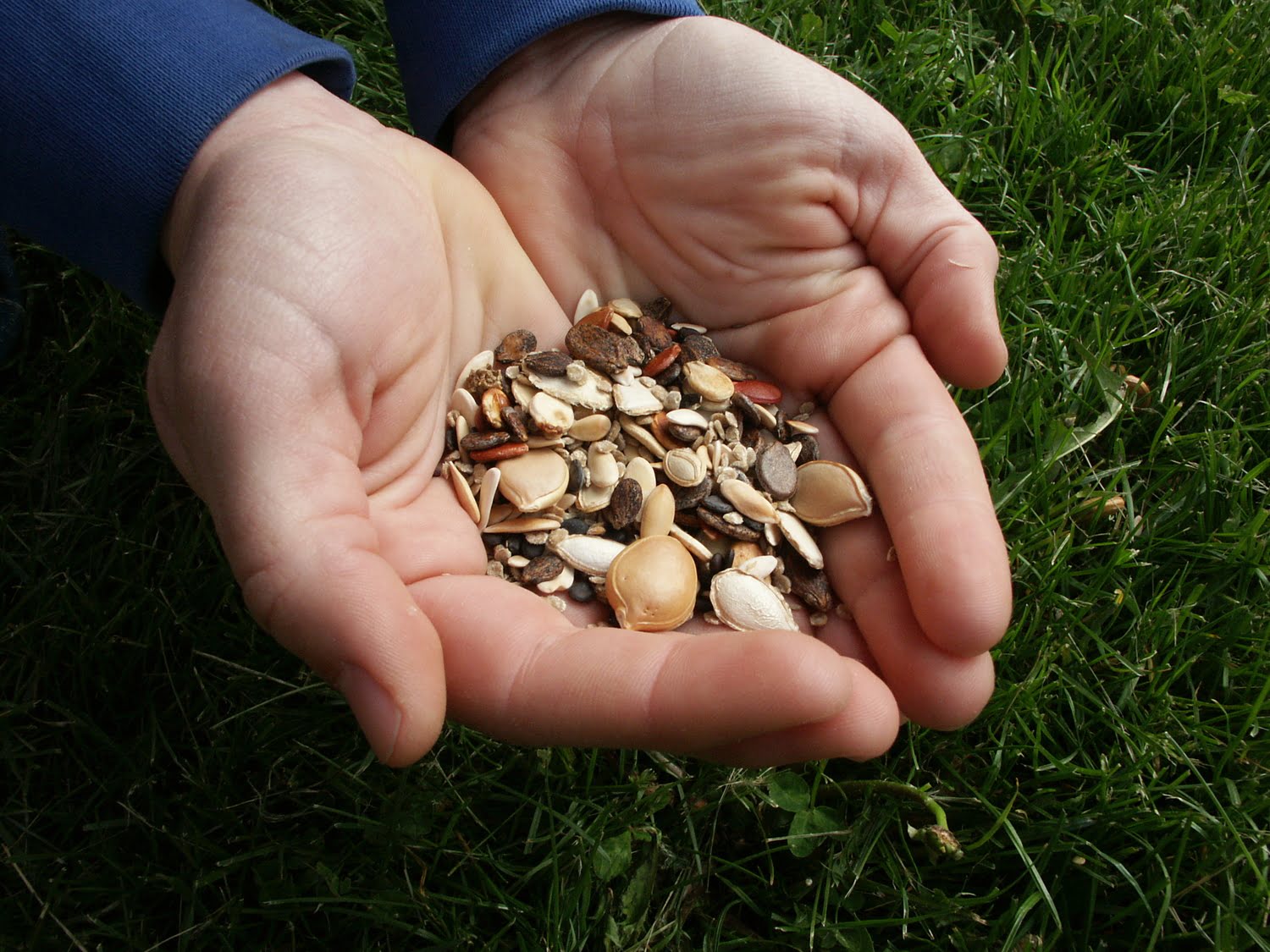
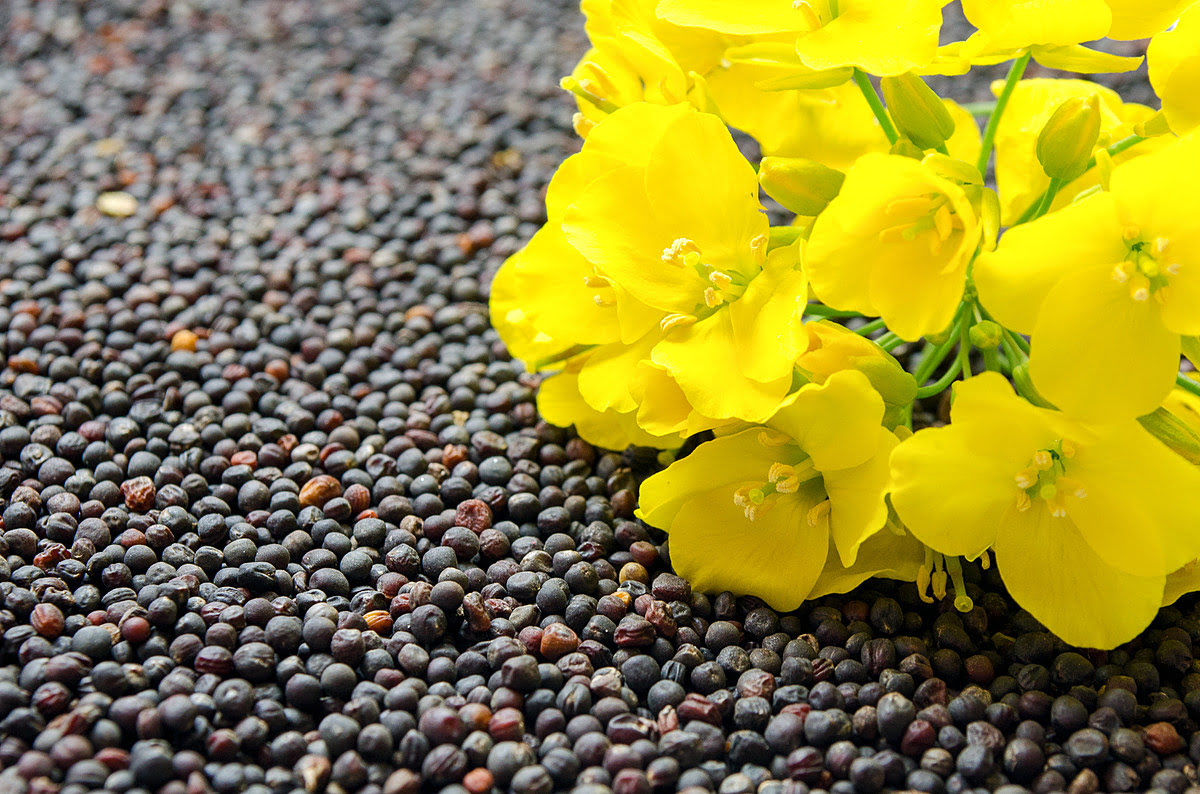

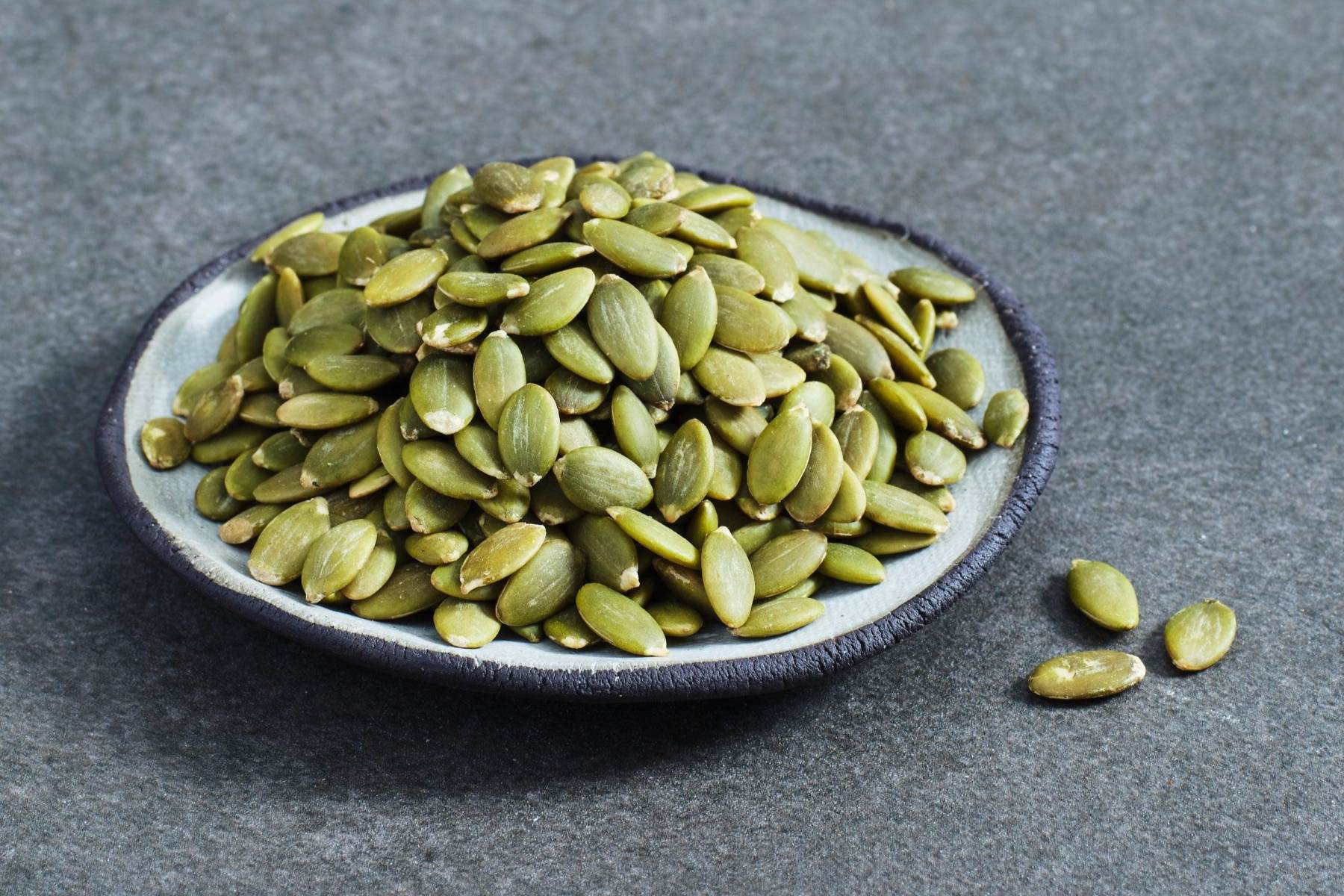
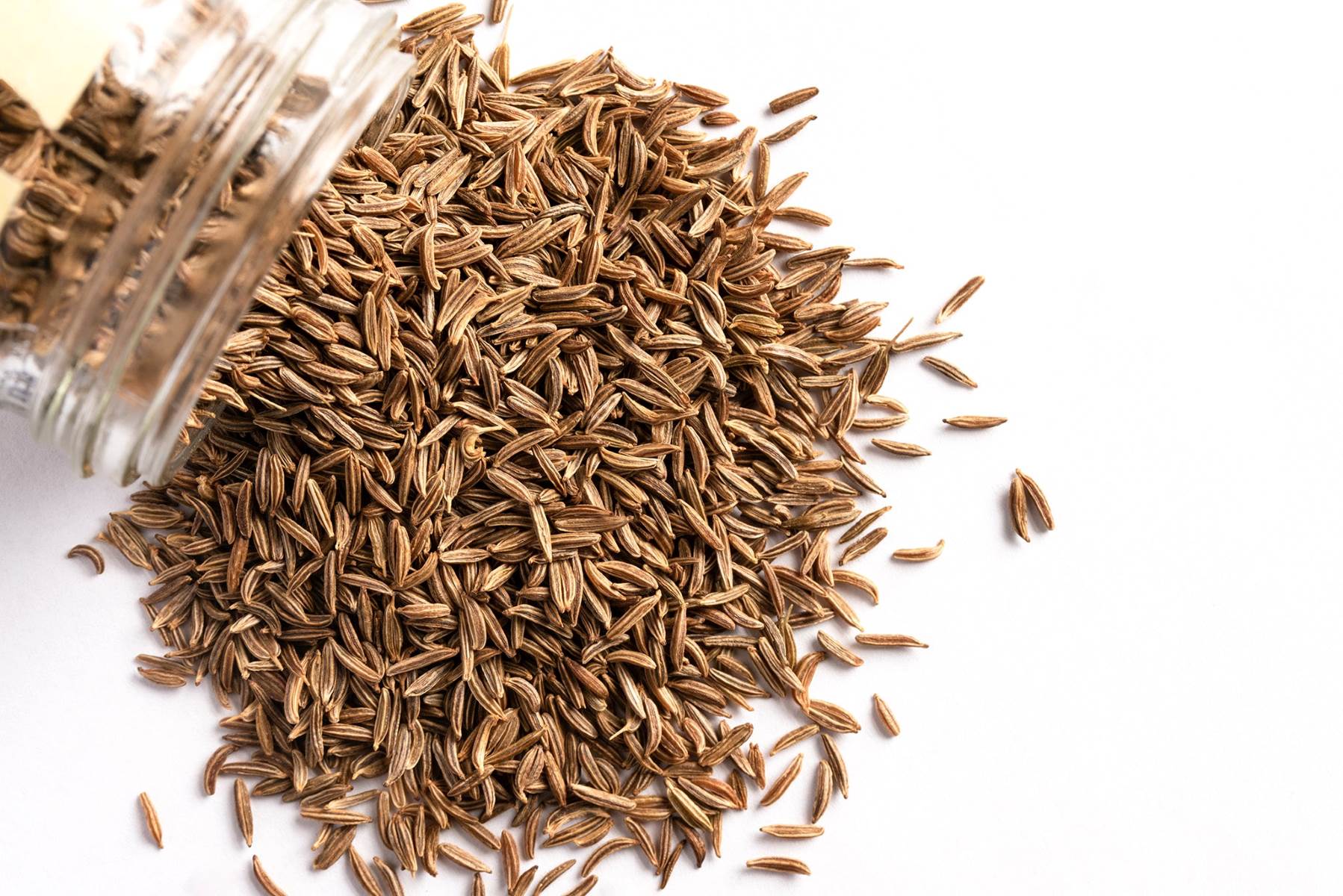


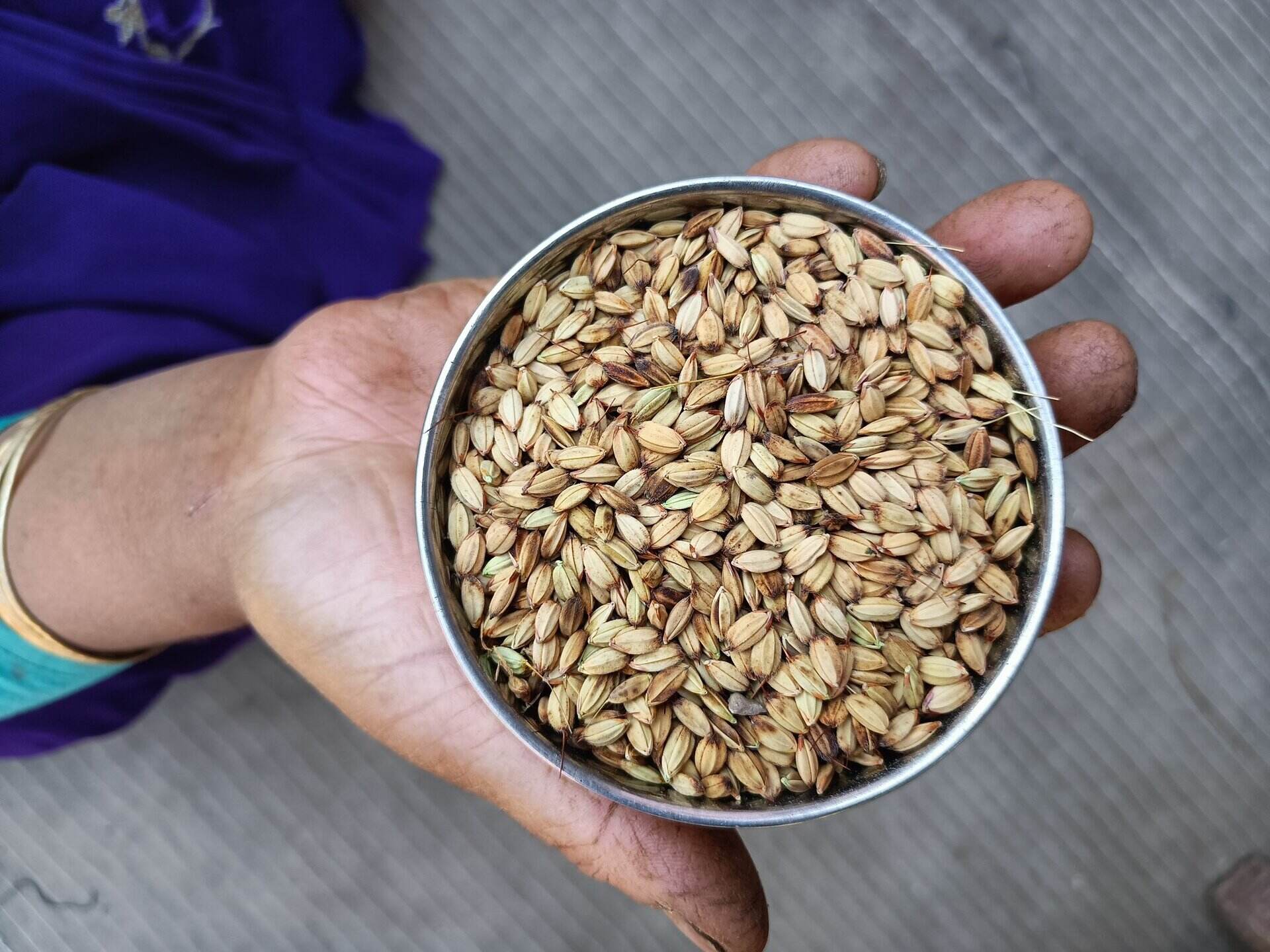
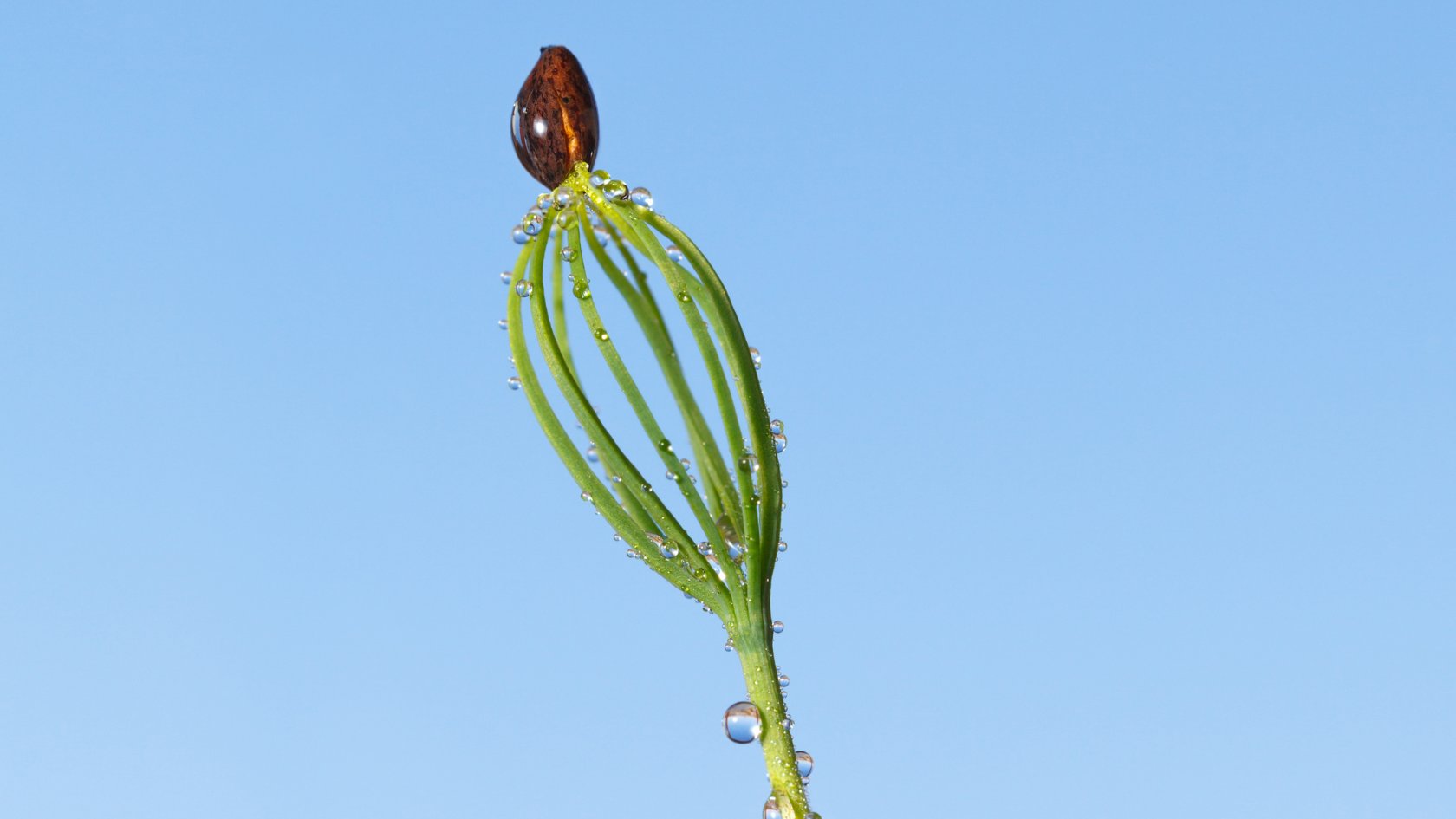


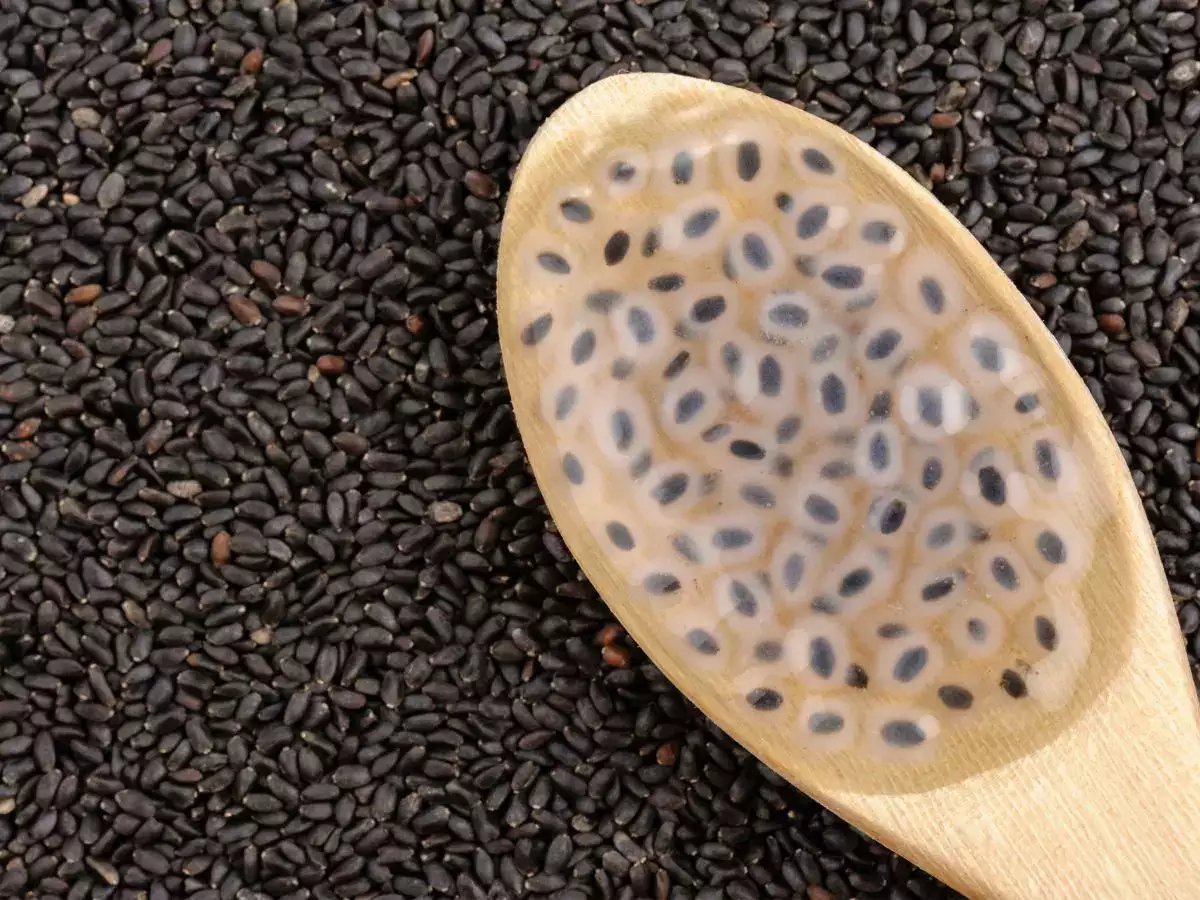

0 thoughts on “What Is Grass Seed”